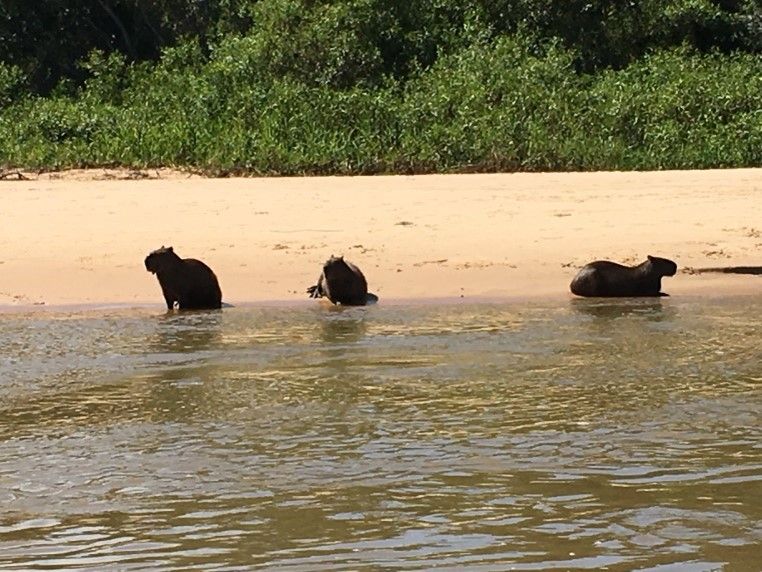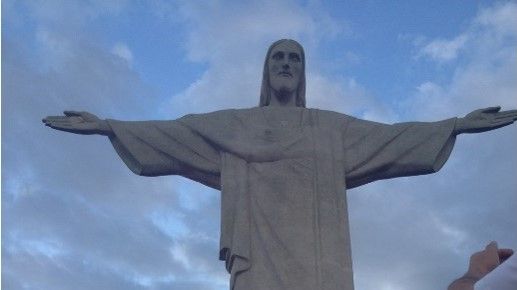By Maria Mulder, Third Year, Spanish and Portuguese
The Croft Magazine // The media encourage extreme images of Brazil. A poverty-stricken, terrifying war zone or an exotic paradise. Maria Mulder was eleven when she moved to São Paulo.
I’d seen pictures of Rio’s carnivals, the vast Amazon rainforest and the awe-inspiring skyscrapers. But, when I arrived, I found a different reality. The postcard São Paulo doesn’t include highways lined with derelict shanty towns. Nor the foul stench of its biologically dead river: the Tietê. It doesn’t show you how a gated compound – boasting spacious homes and well-maintained gardens – can lie beside overcrowded slums, with just one wall separating different worlds. I’m privileged to have seen the Pantanal and the Iguaçu Falls, but there was a dark side to these trips. On holiday in Manaus, my hotel had a zoo. A jaguar, capybara, parrots and monkeys: cramped up in prison. In the Pantanal, my accommodation had a ‘pet’ hyacinth macaw: a species of parrot considered vulnerable, due both to habitat loss and being a target for the caged-bird trade.

The lack of appropriate policies or enforcement extends to Brazil’s ecology in general. The Amazon rainforest has been the victim of deforestation for decades. None of us will be able to admire Brazil’s ‘tropical nirvana’ if policies aren’t implemented and enforced. It marred the image of Brazil I’d painted in my young mind, and it weakened the potency of its romanticised portrayals. The country has remarkable potential. It has a rich culture, evident in its mouth-watering cuisine, sophisticated churches and famed flamboyant festivals. Boasting the largest rainforest, largest wetland, widest river and highest biodiversity, Brazil is the planet’s ecological treasure trove. But starting life there, I had to take the good with the bad.
Featured Image: Epigram / Maria Mulder









